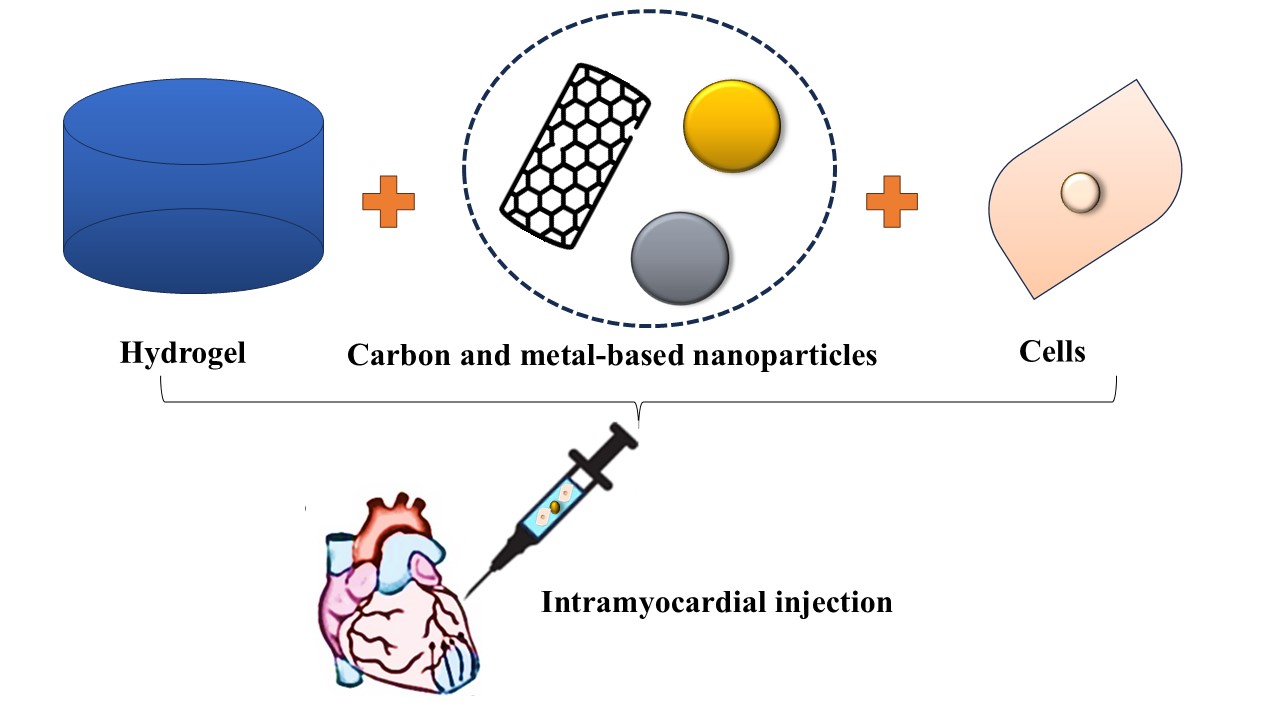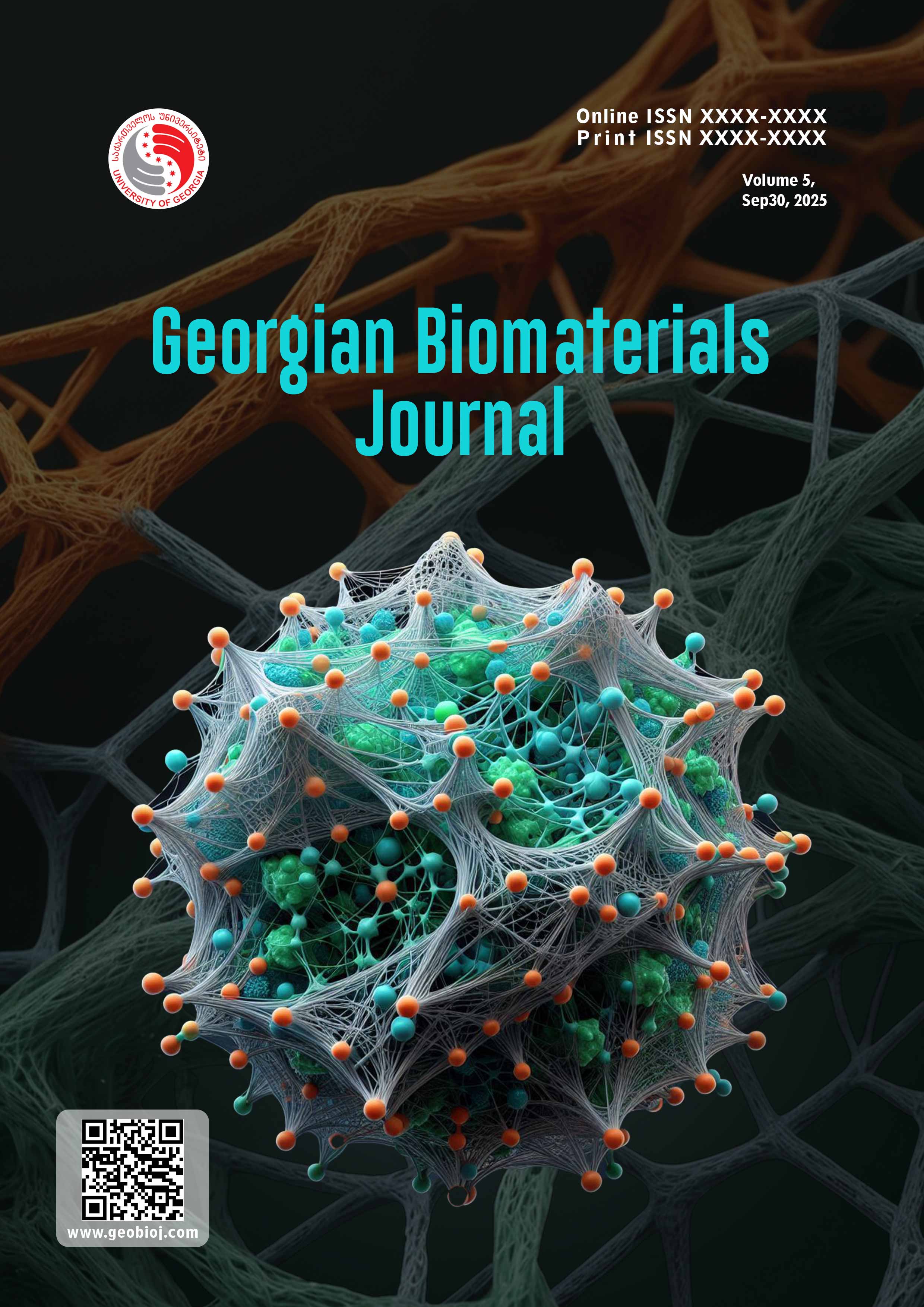Electro-conductive Biomaterials: Bridging Bioelectronics and Tissue Regeneration
Keywords:
Biomaterials, Electro-conductive, Bioelectronics, Tissue Regeneration.Abstract
Electro-conductive biomaterials serve as a vital bridge between bioelectronics and regenerative medicine by merging electrical functionality with biocompatible structures. These materials facilitate essential cellular behaviors such as communication, migration, proliferation, and differentiation processes that are crucial for the repair and regeneration of neural, cardiac, musculoskeletal, and dermal tissues.
Recent progress in conductive polymers, nanomaterials, and hydrogels has led to the development of smart scaffolds and implantable devices that guide cell organization and deliver electrical cues to support tissue growth. By combining electroconductive materials with electrical stimulation, these systems enhance regeneration and open new pathways for building functional tissues and bioelectronic interfaces. This study provides a comprehensive review of electro-conductive biomaterials, including their classifications, mechanisms of conductivity, biocompatibility, and biodegradation. It further explores their applications across various tissue engineering domains, recent innovations in fabrication methods, and the technical and clinical challenges that must be addressed. Ultimately, this work outlines the potential of these materials to transform the future of regenerative medicine and bioelectronic integration.





